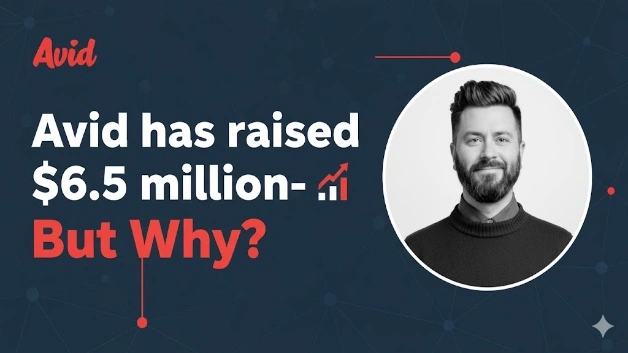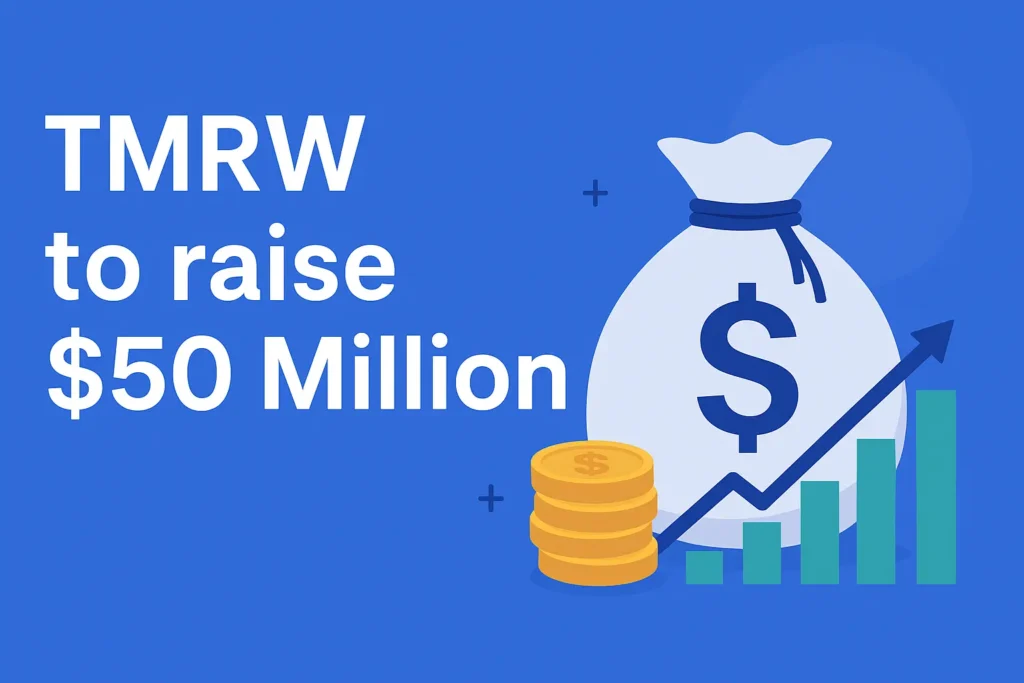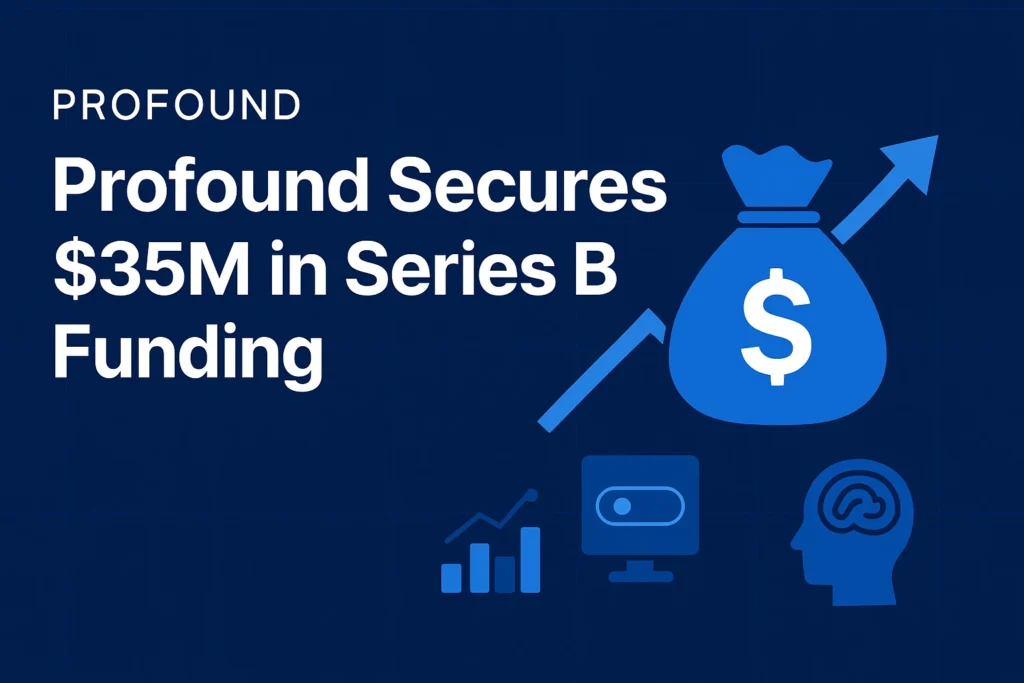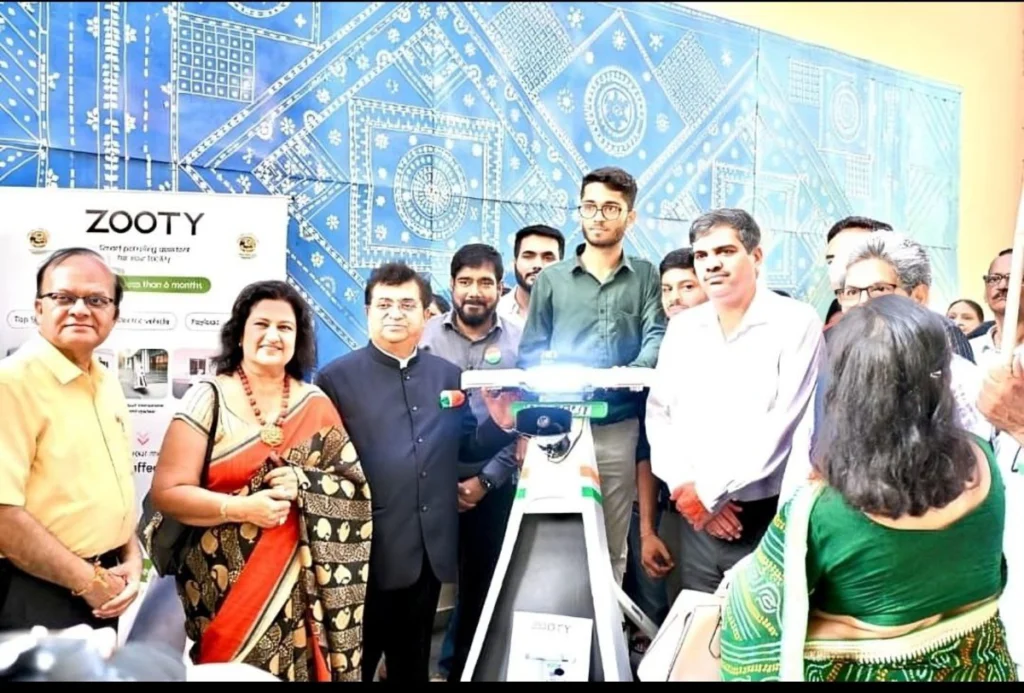Avid has just announced a US $6.5 million seed-round financing — a figure that on the surface may appear modest in the turbulence of big-tech VC headlines, but the story behind it speaks to a subtle yet meaningful inflection point in how nonprofits deploy technology. (FinSMEs)
Avid was Founded to address a persistent pain point in the nonprofit sector — the fragmentation of donor data, analytics, campaign tools and execution — Avid positions itself not simply as another fundraising CRM, but as the first AI-powered “Fundraising Operating System” built to unite strategy and action. (Avid » The Fundraising Operating System)
The Why: Disconnected workflows of Avid , rising expectations
Nonprofit organisations globally are under increasing pressure: donors expect personalised outreach, boards demand measurable impact, and fundraising teams find themselves juggling numerous platforms. According to own blog, many teams “spend more time managing tools than moving their mission forward.” (Avid » The Fundraising Operating System)
In this context, Avid’s value proposition becomes clear:
- Combine disparate donor data, analytics, campaign management and outreach into one unified platform.
- Shift the burden from tool-management to execution: “plan, personalise, and deploy campaigns faster.” (The SaaS News)
- Enable smaller teams to act like larger ones — automating multichannel outreach, surfacing high-impact donor segments and reducing latency from insight to action. (Founder Lodge)
Why investors chose this moment
Seed capital does not flow randomly. In Avid’s case, several converging market dynamics likely triggered interest:
- The digital transformation of Avid : fundraising is no longer just forms and mailers but data-driven, personalised and multichannel.
- AI’s arrival in productivity tools: as enterprises have shown, the productivity upside of connecting systems and automating workflows is significant; the nonprofit sector is now catching up.
- A fragmented tool-stack that invites disruption: pitch explicitly calls out that many teams are forced to “stitch together donor data, analytics and execution across disconnected systems.”
- The relatively under-capitalised segment: compared to enterprise SaaS or biotech, nonprofit-tech has historically attracted fewer large rounds — meaning a company with clear differentiation and traction can create outsized value.
Hence, the $6.5 m raise (led by Silverton Partners) makes strategic sense: it equips Avid to deepen its AI capabilities, scale its product and go-to-market, and position itself ahead of larger incumbents. (Yahoo Finance)
What It will do with the funds
According to company communications:
- Expand the team (product, AI/ML, customer experience) to accelerate innovation. (Avid » The Fundraising Operating System)
- Enhance the product roadmap: not just analytics dashboards, but “campaign execution” baked into the same system — reducing the hand-offs between strategy and outreach. (Founder Lodge)
- Scale market adoption: move beyond early adopter nonprofits (likely U.S.-centric) to broader, possibly global, deployment. The press coverage notes Avid is “already helping leading nonprofits across the U.S.” (FinSMEs)
Why this matters — and what the risks are
Why it matters:
- If Avid succeeds, it could change how fundraising is conducted: from fragmented tool-chains to one platform where insights and outreach are tightly integrated.
- It raises the bar for nonprofits: rather than relying solely on standard CRM tools, fundraisers may expect AI-driven segmentation, live campaign adjustments and orchestration across channels.
- The raise signals investor interest in “impact-tech” where the buyers are mission-driven organisations but the product and monetisation dynamics resemble enterprise SaaS.
Risks and considerations:
- Adoption hurdles: Nonprofit organisations often have legacy systems, limited budgets, entrenched workflows and procurement cycles — Avid must prove its ROI to trigger wide adoption.
- Differentiation: As AI becomes more pervasive, larger CRM/SaaS providers (e.g., Salesforce Nonprofit Cloud) may add similar features, raising competitive pressure.
- Data-privacy and ethics: Handling donor data, segmentation, automation of outreach—all are fraught with ethical considerations (e.g., over-targeting, donor fatigue) and regulatory concerns.
- Monetisation model: Nonprofits are cost-sensitive; balancing pricing with impact will be important for sustainable growth.
Conclusion
Just as software displaced hardware in many industries, platforms that connect and automate workflows are winning in the next wave of productivity enhancement. In the nonprofit sector, where many tools remained siloed, Avid’s vision of a unified operating system for fundraising could represent a meaningful shift. The $6.5 million seed round gives the company runway to build the stack, expand the team, refine the go-to-market and aim for leadership in a category that is increasingly important yet underserved.
In short: Avid’s raise isn’t just about the money. It’s about why now, why this segment, and why this company. As the fundraising ecosystem becomes more demanding, the tools behind it must evolve. With this funding, Avid is setting its bet that the convergence of AI, data-driven outreach and nonprofit mission-execution is ready for take-off.
I’m Araib Khan, an author at Startups Union, where I share insights on entrepreneurship, innovation, and business growth. This role helps me enhance my credibility, connect with professionals, and contribute to impactful ideas within the global startup ecosystem.




